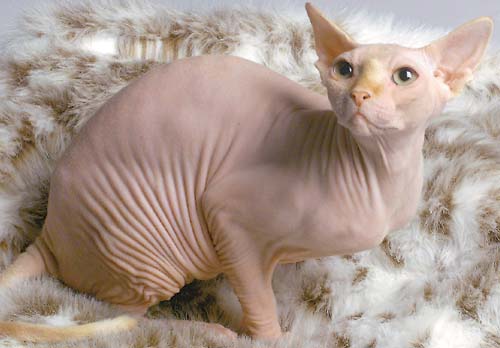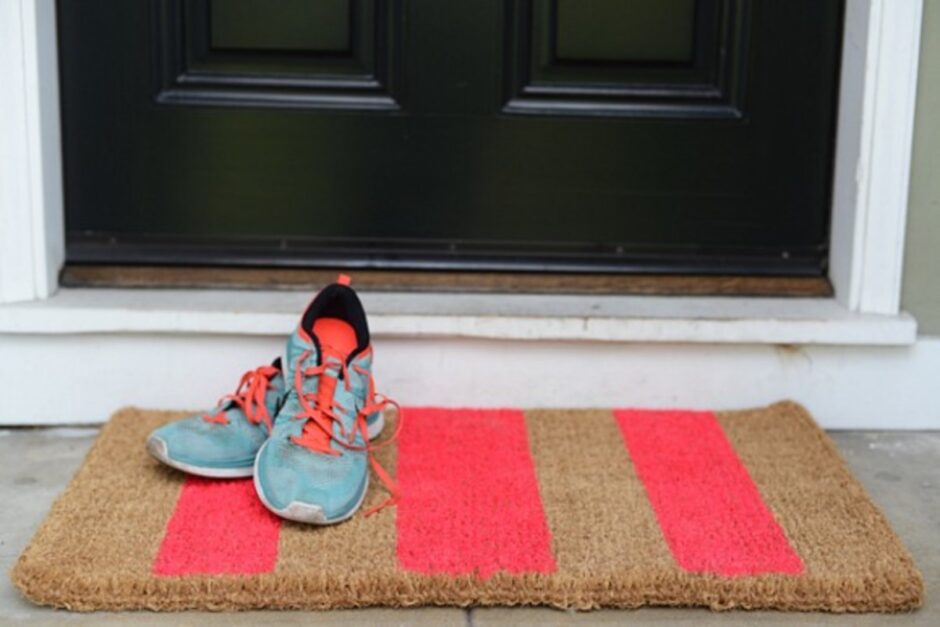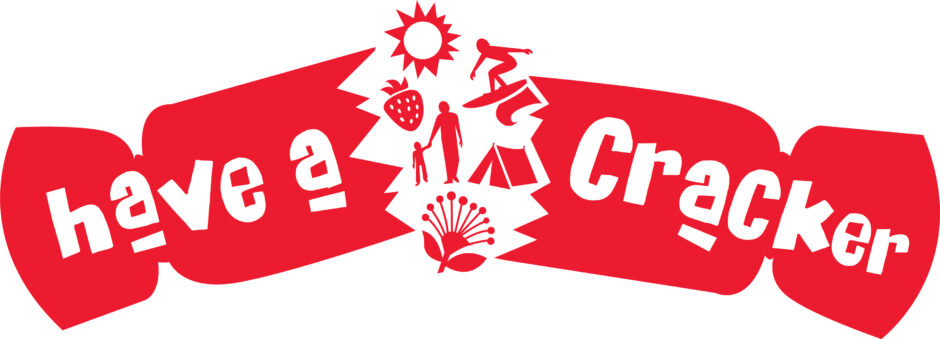Spending Christmas in hospital would not high on my Dear Santa wish list. I apologise in advance to all those dedicated and wonderful doctors and nurses who are rostered on through holidays to look after the hapless hoardes who are ill or break themselves at Christmas. Nope, those guys do a heroic job. But hospital at Christmas – it’s just not living the dream is it? It has to be said, I have been one of the hapless Christmas A&E admissions, having snapped my Achilles tendon on holiday on Christmas Eve a few years ago and I was truly grateful (a) that it happened in the early morning so I wasn’t competing with all the drunks that clog the system later in the day/night and (b) that those dedicated and wonderful types were with great good grace (amen) to put this Humpty together again without any kings’ horses or men in sight.
Still and all, a festive hospital visit is just not anyone’s top choice as a holiday destination. And yet, fifteen years ago, it actually was. I needed what is amusingly referred to as ‘elective surgery’. Elective because you can, in theory, choose whether to have it or not, and when, as the condition doesn’t need to be dealt to at a particular time — i.e. it isn’t life threatening. The whole elective thing is laughable. Big yeah right! In many cases there is a choice, but that happens when your surgeon accepts that your pain is so extreme that you’d likely go insane if you had to bear it for a nano-second longer.
To give you the back story, I had both hip joints replaced in my late thirties. I was unusually young, but by no means unique. There were a number of things wrong with me each one of which on its own wouldn’t have been much of an issue, but collectively combined to wreck the joints. Because of my age, my surgeon held the surgery off as long as he could because he was worried about future complications — the prostheses only last so long and there are only so many times you can effectively replace the replacements because apparently you run out of femur to play with (sorry if this is a little close to the … er … bone for some). It was all about probabilities. How long the replacement joints would last, how long I would live If the first was shorter than anticipated and the latter longer, I faced seeing my life out in a wheel chair. In any case, my condition deteriorated at a rate that would have made an Apollo Space Craft seem laboured. Movement became very limited, quality of life nose-dived and ultimately the pain became so bad he relented. I had both of them ‘done’ within a year of each other. Happy days!
Anyway, the ops were a tremendous success. I got my life and mobility back, the pain was miraculously gone and I was a happy little camper. Then several years later comes ‘The Fall. Before you get worried about my state of innocence, I don’t mean fall in the Biblical sense. No, my fall was getting a bit carried away at an al fresco party and missed my footing in the dark on the edge of some concrete circle we’d turned into an impromptu dance floor. Seemed like a great idea at the time. Wouldn’t have been too big a deal if I hadn’t landed so hard that one of my prostheses came loose. Back to limping, pain and the certainty of more surgery.
This time, there was no question of the surgeon putting up a fight — the revision clearly needed to be done and it was only a question of when. Luckily for me, I have a private health care plan which meant I really was in a position to choose a time that would be the least disruptive to my life. The first slot that my surgeon could offer was just before Christmas, meaning I would be in hospital for Christmas and Boxing Day. The next option was weeks away and, once I’d thought about it and got over the poor me aspect of it all, the Christmas timing was actually ideal. The private hospital I went to was very close to my house, so easy for family visits and minimal unscheduled time off work.
In all seriousness, apart from the fact that undergoing surgery of this sort is not a walk in the woods, once I’d got over the immediate effects of the anaesthetic and the post op trauma had passed, it was actually quite fun. I had a lovely big airy room on the corner of the hospital all to myself. The nurses were a great bunch, some were old friends from previous incarcerations. I think they were grateful to swop stories with someone who was under 85 to be honest as they dropped in more than was strictly necessary and we had a lot of laughs. It didn’t stop there. I had had more visitors than I probably would have had at home, and I didn’t have to lift a finger on the festive cooking front. The food wasn’t half bad, particularly a pretty yummy (for an institution) roast turkey dinner on the big day, washed down with one of those cute little miniature bottles of a hearty red and the decorations were pretty flash. Best of all, I didn’t have to suffer through all the endless repetitions of canned Christmas music. By the way, does anyone other than me find the whole idea that Santa sees you while you’re sleeping and knows when you’re awake a bit creepy and stalkerish? Anyway, I was out by New Year and well into the familiar rehab routine.
Now that we’re in the hiatus between Christmas and New Year, there’s a bit of time to ruminate about stuff. This morning, in one of those desultory conversations one has with friends and family, my mother and I somehow meandered into comparing the vintage of our artificial joints. Tragic, I know but hips seem to be our family thing. We’ve all had them done. Big difference is when they were done; grandfather (late eighties and only one), father (early eighties and only one), uncle (well into his sixties and only one), mother (both — late fifties and early sixties) and sister (mid-fifties — one so far, but counting down to the next). Then there was me in my late thirties, not sure what happened there! Anyway, my mother’s first prosthesis is a venerable 25 whereas mine is a stripling at 20. No-one really knows how long they will last because everyone’s activity levels are different. Equally the vast majority of the recipients of artificial hips are quite old and so it’s difficult to measure average lifespans as the first one generally sees them out. However, 20 is thought to be a pretty good age, so mum and I were musing how much longer ours would hold out.
We also reprised a regular foray into imagining what our parallel universes would have thrown up if this amazing technology had not been available to us. To be honest, It doesn’t bear thinking about. If we’d been born before the middle of the last century, we’d both likely be cripples, even if either of us was still alive.Early attempts at hip replacement were carried out in Germany in 1891 using ivory to substitute for the femur head. These were attached with nickel-plated screws, Plaster of Paris and glue. Hmmmm. Not surprising this approach didn’t take off. The pre-cursor to current techniques was pioneered in 1940 in South Carolina by US surgeon Dr Austin T Moore who performed the first metallic hip replacement surgery. A more sophisticated version – the ‘Austin Moore Prothesis’ — was introduced in 1952 and is apparently still used occasionally. Like modern hip implants, it is inserted into the medullary canal of the femur, and depends on bone growth through a hole in the stem for long-term attachment. Another apology here if this creeps anyone out!
It’s always so tempting to think about the golden age that we perceive existed in our grand parents’ eras. Apparently, every generation since the newspapers rolled off the early printing presses felt this sort of nostalgia for imagined glories past, underlined by a fear of change and what it means for the future. Every time I get caught in this sentimentality for the halcyon past, all I have to do is think about my great good luck in living now and being on the receiving end of the incredible medical science and technology that is our norm. Even with all the problems we’re facing as a species, I’m grateful from the bottom of my soul that surgical advances have allowed me to live a full, pain free and normal life. When I think of Christmas miracles, my hospital experience in 2003 would have to be one of them. If we can achieve all this, surely we clever, inventive Simians, can find the tools to figure out the other stuff. Hip hip hooray to that!














